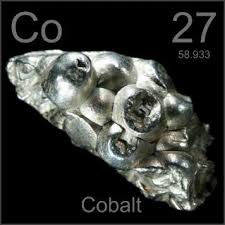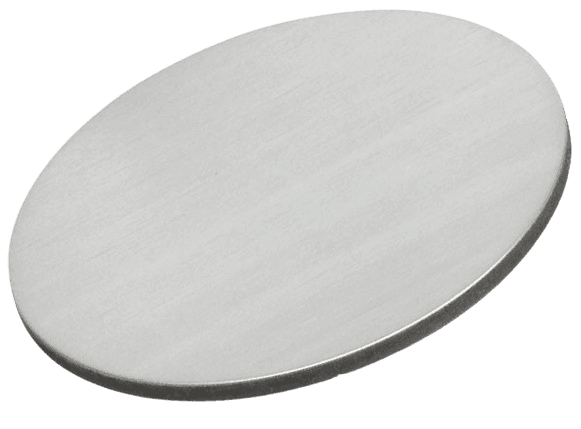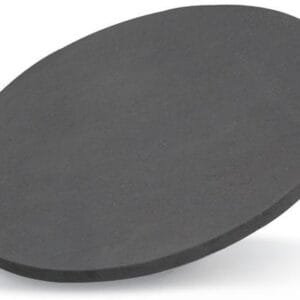Cobalt Sputtering Target Description

Cobalt is a ferromagnetic metal with a high melting point and notable hardness, making it suitable for many industrial applications. It serves as a blue pigment in paints, jewelry, and glass and is vital for producing alloys used in engine parts and cutting tools. Cobalt sputtering targets are crucial for creating ferromagnetic layers in magnetic storage media and transitional layers in battery fabrication.
Cobalt Sputtering Target Specification
| Material Type | Cobalt |
| Symbol | Co |
| Color/Appearance | Lustrous, Metallic, Grayish Tinge |
| Melting Point | 1,495 °C |
| Thermal Conductivity | 100 W/m.K |
| Density | 8.9 g/cc |
| Sputter | DC |
| Coefficient of Thermal Expansion | 13.0 x 10-6/K |
| Comments | Alloys with W/Ta/Mo |
| Available Sizes | Dia.: 2.0″, 3.0″, 4.0″, 5.0″, 6.0″ Thick: 0.125″, 0.250″ |
We also offer other customized shapes and sizes of the sputtering targets; please Contact Us for more information.





Reviews
There are no reviews yet.